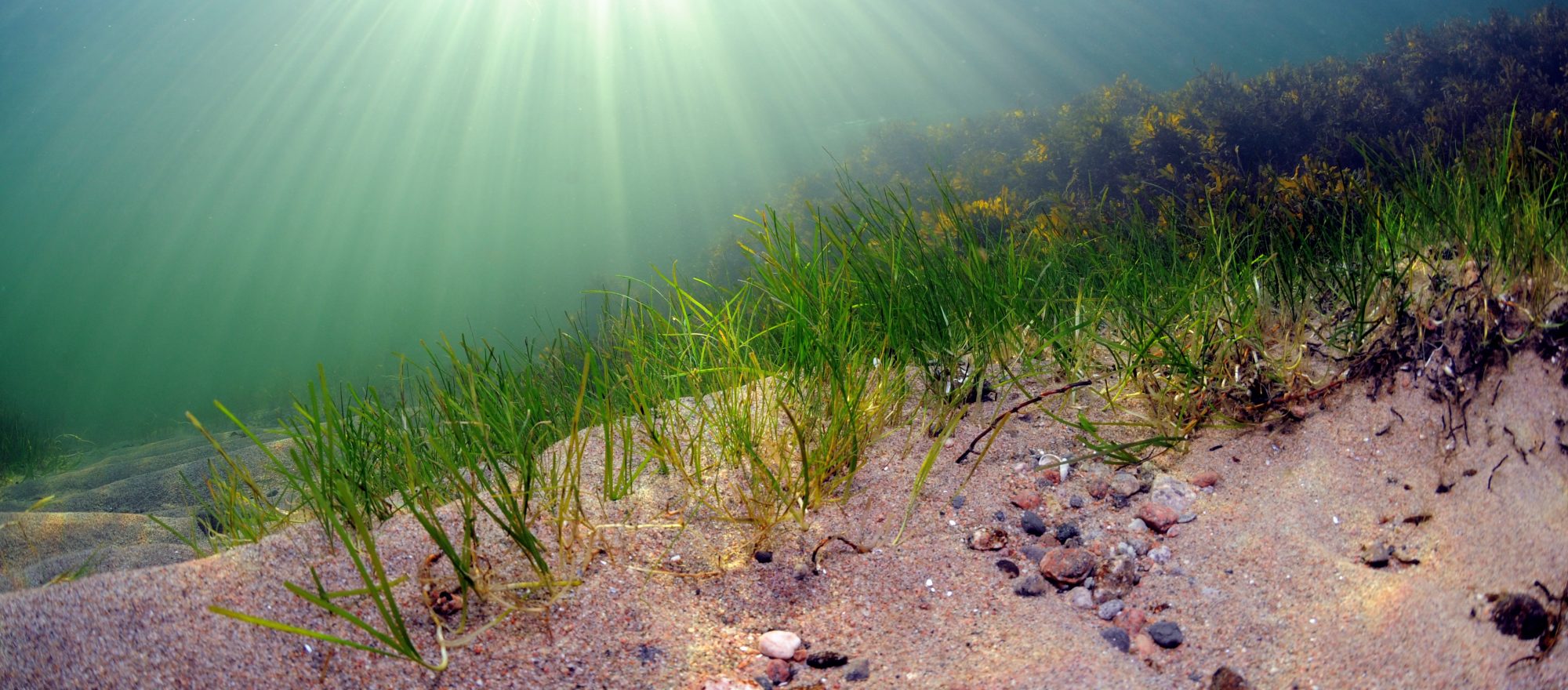You might have seen posts and pictures of JOMEX on the Tvärminne Zoological Station Facebook page or on the news. But what is JOMEX and why is there this big raft with a white hut and multiple floating bags anchored in the middle of a coastal area?
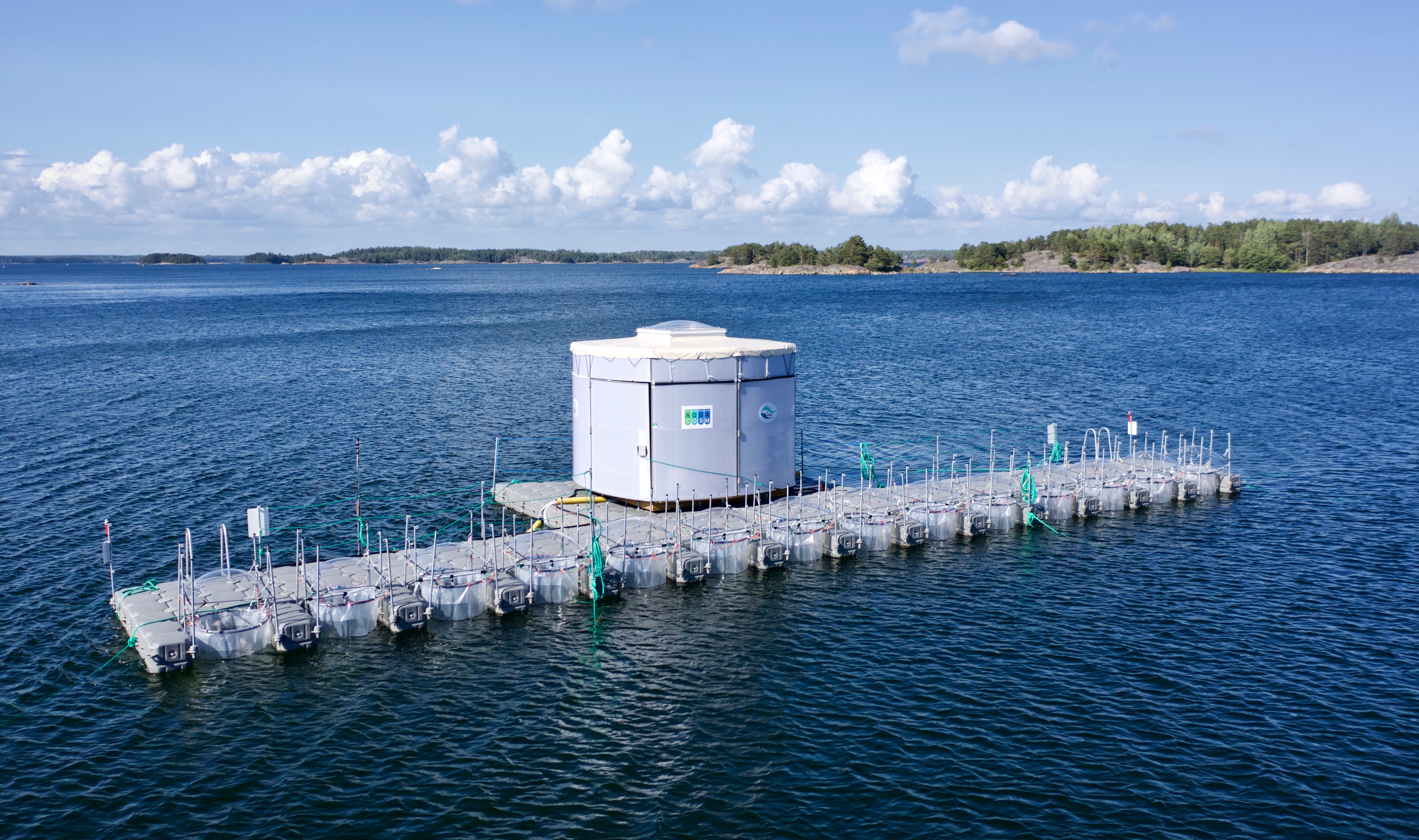
JOMEX raft near Tvärminne Zoological Station in June 2019
JOMEX (Joint Mesocosm Experiments) is one of the research projects under AQUACOSM, a network of mesocosm facilities funded by EU. The purpose of AQUACOSM is to create conversation and cooperation between aquatic sciences. In the past there has been a gap between different aquatic sciences, for example between marine and freshwater sciences. However, in real life water systems are connected to one another and there are no boundaries separating them. Bringing these researchers together will improve the understanding of different water bodies and links between them.
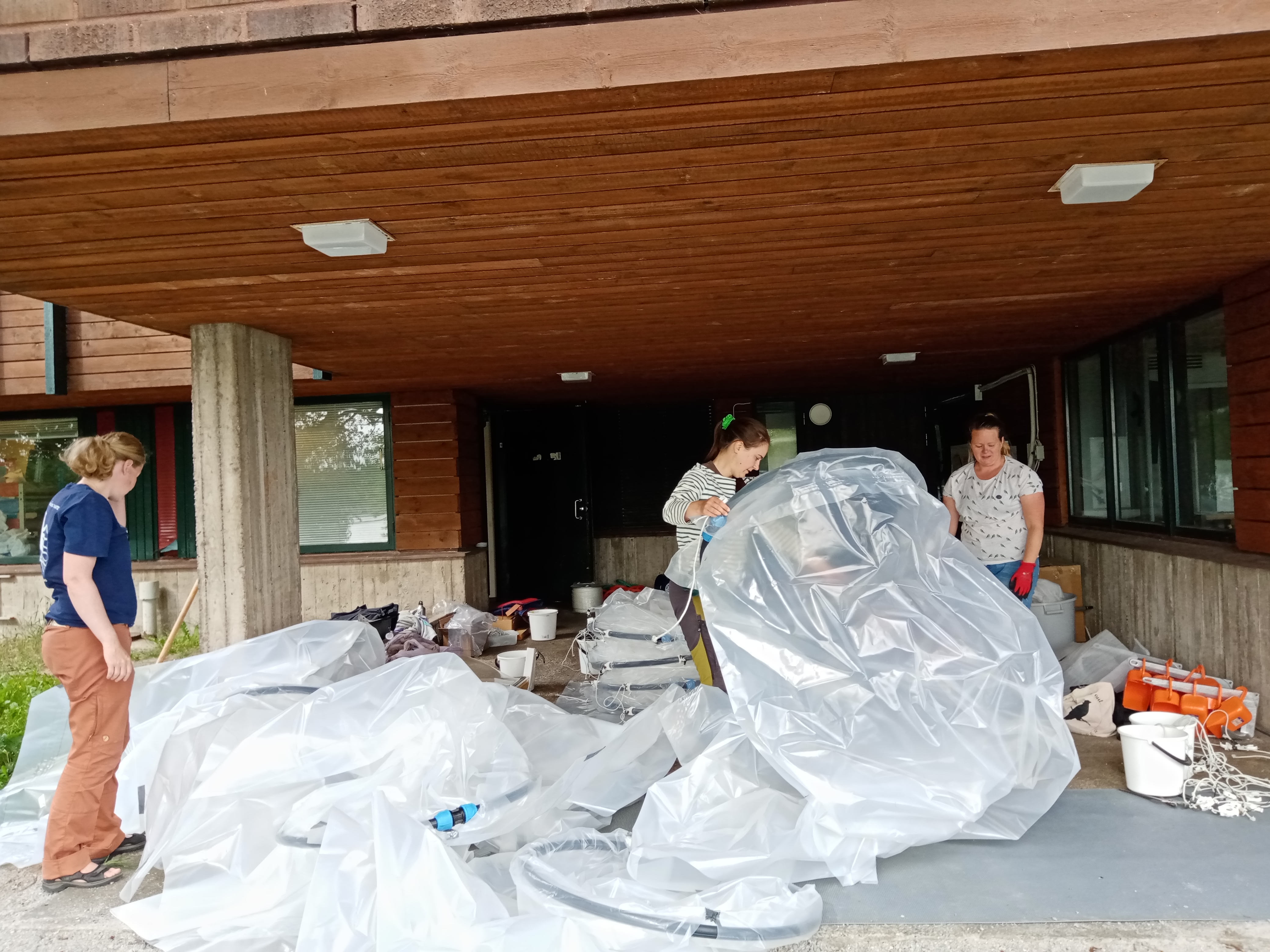
Preparing the mesocosm bags
Another goal of AQUACOSM is to make aquatic research more comprehensive and comparable. The effects of certain stressors can vary widely among ecosystems due to spatial and temporal attributes of the environments. Therefore, to understand the actions and effects of different stressors, it is necessary to organize comparable experiments in disparate places. JOMEX, for example, will be organized in different types of water systems from Arctic to Mediterranean environments, and from freshwater to fully marine systems. The experiment in Tvärminne covers the brackish water environment in this joint research.
The aim of JOMEX is to study the responses of aquatic systems to a pulse of dissolved organic carbon (DOC). In the future increased amounts of DOC will enter aquatic environments due to climate change and increased precipitation. Trenching of swamps also contributes the carbon load to water systems. DOC and brownification of water affect aquatic ecosystems by attenuating solar radiation and delivering nutrients to organisms to a greater extent. However, the exact impacts of brownification to aquatic ecosystems are still poorly known and for that reason this experiment is trying to clarify how vulnerable aquatic ecosystems are to the overload of carbon.
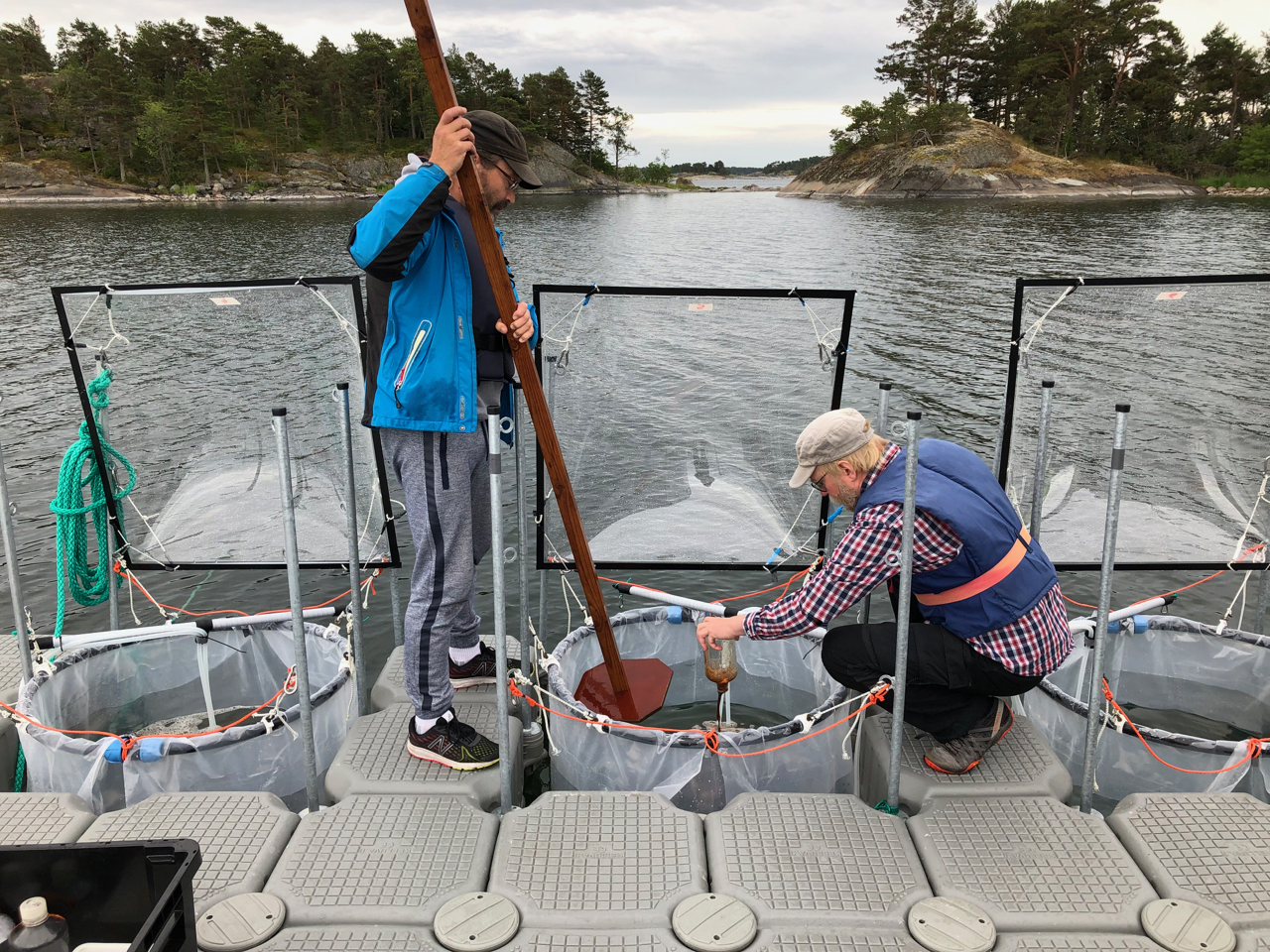
Adding DOC to the mesocsoms
JOMEX is a mesocosm experiment meaning that the experiment is performed outdoors but controlled. In our experiment there are 12 sample bags filled with 2000 liters of sea water. The bags are treated with DOC, nutrients or both. There are also 3 control bags with no additional treatments. Walls of the bags are made of plastic so the water in the bags isn’t in touch with ambient water.
JOMEX is carried out in cooperation with the Finnish Environment Institute SYKE. The people in SYKE have created an automatic measuring device called Aquabox. Aquabox automatically gauges many different abiotic and biotic factors, for example acidity and chlorophyll, tirelessly from the sample bags at regular intervals. The machine can be controlled remotely which enables massive amounts of data without requirement that someone is on the raft continually. Aquabox is not meant to be used just in this experiment and therefore JOMEX gives a perfect opportunity to test and develop the machine so it can be used broadly in aquatic research in the future. Hence, JOMEX has an infrastructural purpose in addition to the scientific clearance.

AquaBox – The automatic sampler
In addition to automatic measurements there is also manual sampling in the experiment. Every morning brave samplers go to the raft and take water samples for laboratory treatments and measuring. One reason for manual sampling and laboratory work is to make sure that the Aquabox is working well and properly.
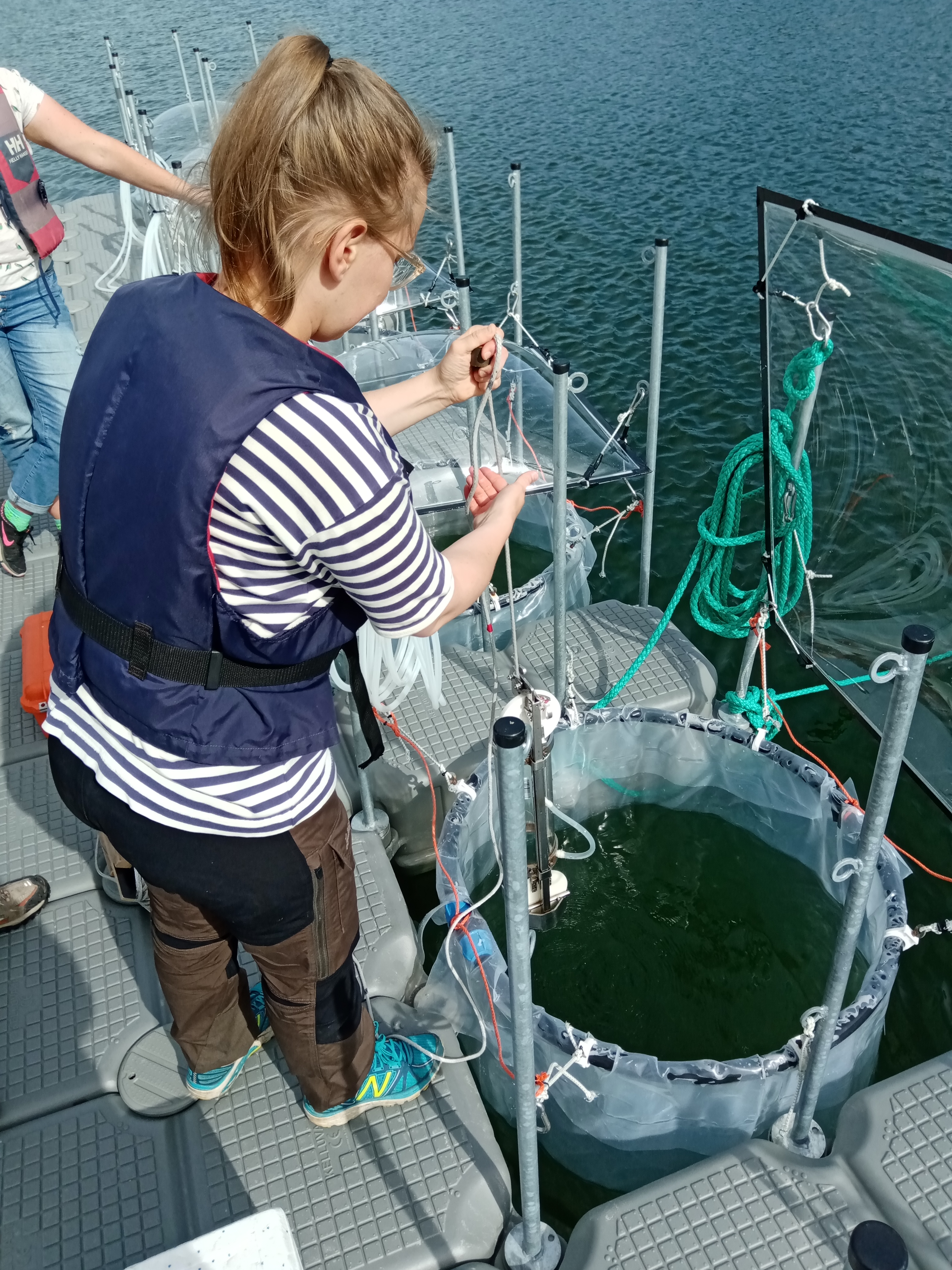
Sampling the mesocosms
The experiment lasts two weeks but that’s just a tip of the iceberg. The programming and producing of Aquabox have taken about 2 years. At Tvärminne preparations for JOMEX started right after Christmas and practical works (e.g. building of the raft) began properly in May. So, as you can see, a lot of work has been required for this project.
Overall AQUACOSM and JOMEX will provide new ways to study the environmental responses to experimental manipulation. New technology used in the project will enable more ambitious and accurate use of mesocosms and cooperation with other facilities allows possibilities to more comprehensive and broader research. Recently AQUACOSM has applied for funding for the next mesocosm project – hopefully there will be more extensive and diverse projects like this!
Text by Roope Nykänen
Photos by Roope Nykänen, Alf Norkko, Joanna Norkko
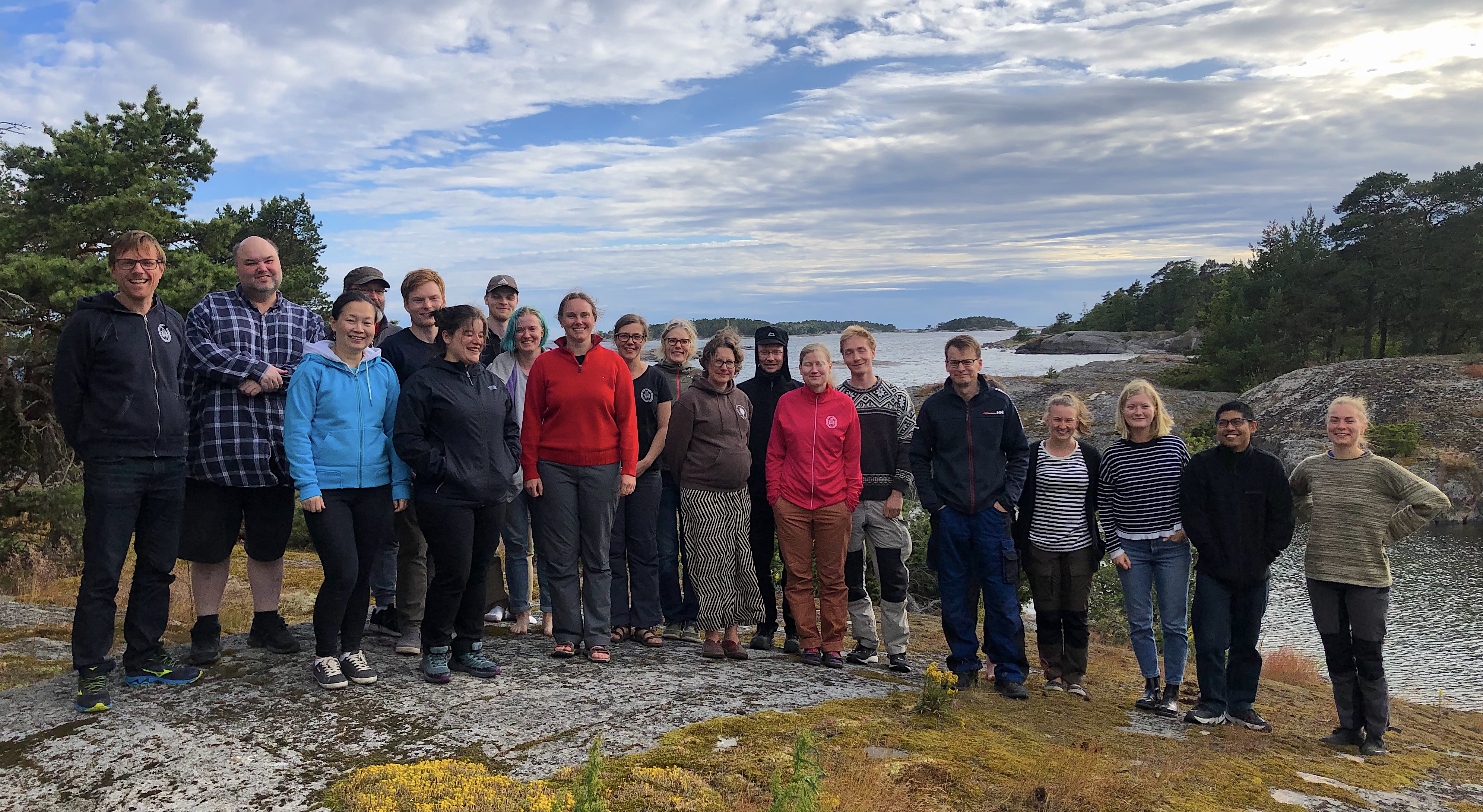
JOMEX team at Tvärminne 2019
